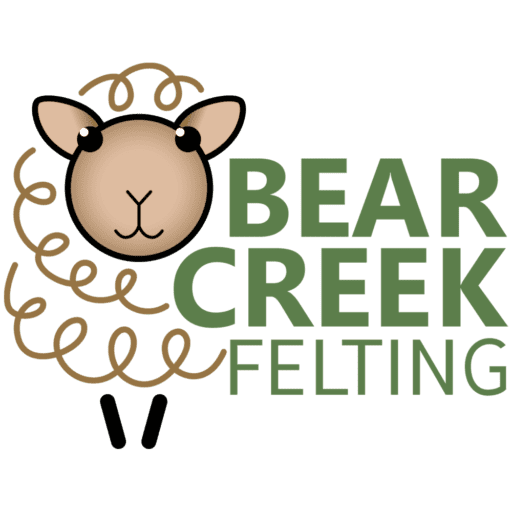 Do you have a dimly lit closet that could compete with Michael’s or Hobby Lobby? You’re not alone! As crafters, we can never really have enough supplies.
Do you have a dimly lit closet that could compete with Michael’s or Hobby Lobby? You’re not alone! As crafters, we can never really have enough supplies.
We need a technicolor variety of materials, a different needle for each specific detail of our chosen project, and of course, handy tools to help keep our craft supply organized.
But while your precious wool is tucked away somewhere dark and out of sight, insects are ready to dig in for a feast! You’ve spent way too much time and money sourcing high-quality wool to let it get devoured by creepy crawlers.
If you’re a crafter who usually works with cotton or synthetic blends, you’re used to storing your materials any way you want without a second thought! Wool, on the other hand, is a totally different story.
Clothes moths and carpet beetles adore wool. They love hiding in the dark depths of your cupboard or closet (you most likely have never seen a clothes moth fly around your home). And despite popular belief, it’s not the adults that you have to worry about; it’s their larvae!
Yes, these eggs hatch and then snack on agricultural materials that could range from wool and silk to cat hair. Yuck! The good news is this, to protect your wool collection (and your wardrobe), you’ll only need to follow a few easy steps!
Bring It To Light
With a little reorganization, you can help keep pests at bay! Instead of storing wool in an insect magnet (also known as a dark and dusty closet), find a convenient spot that’s out in the open. These insects hate the light, so creating a neat storage system in a bright place away from direct sunlight is an easy fix.
Storage Solutions
Although moths and beetles can slip their way into the tiniest of spaces, there are still some storage solutions that can help you safeguard your stash! Airtight plastic bags and bins do a great job of keeping your materials neat and safe.
For extra protection, you can even consider wrapping your wool in clean cotton. This will help prevent moisture from entering the container! Additionally, if you have a big bundle of wool that you haven’t used in a while, make sure to take it out of the bin every now and again for some fresh air.
Tidy Up
If you frequent the kitchen table for all things crafting, it might be time to find a new spot! Crumbs and microscopic food debris can easily transfer to your wool. All it takes is a few pieces of food or a stain or two, and just like that, you’re creating an attraction for critters of all kinds.
Ditch the Repellant
Dealing with moths and beetles is frustrating, and it’s completely normal for you to want to take action to protect your woolen. However, mothballs, insect repellants, and any other commercial killers are bad for you, your home, and our environment! With toxic chemicals that should be nowhere near your loved ones, it’s best to forget the harmful repellants and go for a simpler approach.
Lavender Essence
Just like so many things in life, sometimes, our grandmothers’ remedies truly are the best! Since ancient times, lavender essential oil has been used as a natural cleanser. The Romans even used it in their bathing rituals!
And while lavender won’t kill larvae, it will prevent them from infesting your wool. So, after you’ve created a clean, safe space for your wool, use lavender essential oil to protect your materials and give your storage space a lovely, calming scent!
Now that you know how to care for your wool, are you ready to start your next project? The Bear Creek Felting Academy is here for you with loads of tips, tricks, and techniques to help you accomplish needle felting designs you didn’t even think were possible!
We’re a community of crafters who share our passion and progress in the world of needle felting. If you’re ready to hone in on your skills, I’m here to help—with feedback every step of the way. Click here for more information, and join us!





I have a love of knitting very intricate little animals and also felting animals. It’s heartbreaking when moths eat my work! I don’t want to pack them away in plastic or use harsh chemicals. What about spraying them with a solution of lavender oil and water? Other suggestions?
I’m falling in love with this site.